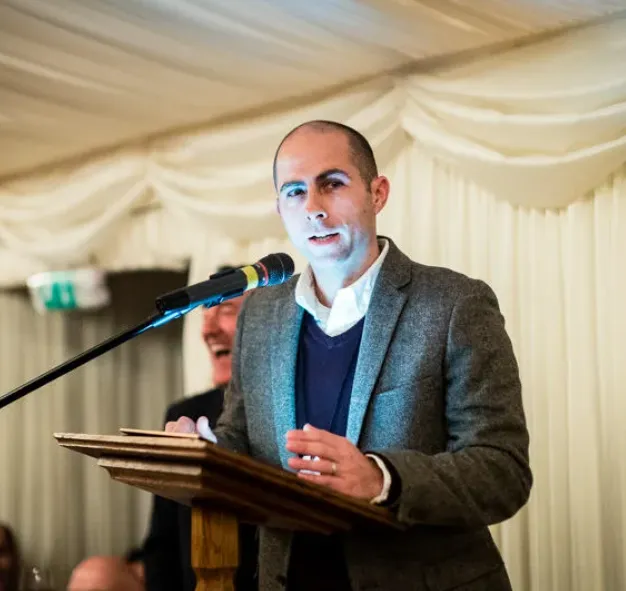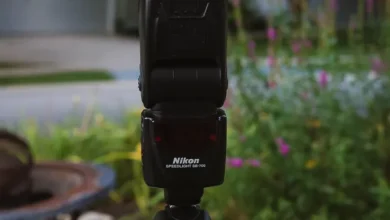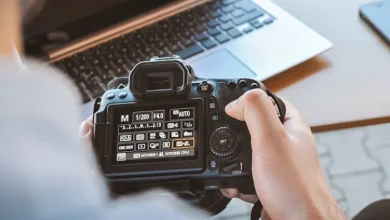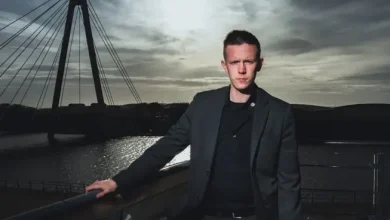
7 Key Tips for Success in Corporate Event Photography
Corporate event photography offers an excellent opportunity to build a profitable business or earn extra income, and it’s a niche that can lead to steady gigs and more work opportunities. Whether you’re just starting or looking to refine your skills, these seven tips will help you improve your corporate event photography.
1. Make People Comfortable
One of the most challenging aspects of corporate photography is working with subjects who may feel a bit on edge in a professional setting. Unlike weddings or family events, corporate events can often feel more formal or stiff, especially at the start.
To help ease the tension, begin by dressing professionally and offering a friendly smile. A few polite exchanges at the beginning of the event can go a long way in making your subjects more comfortable. Afterward, you can focus on capturing candid moments without them being overly conscious of your presence. The key is to look and act confidently so that the attendees will focus on the event and not on you.
2. Master Low-Light Photography
Corporate events, especially seminars or conferences, often take place in dimly lit rooms. To tackle this challenge, you need to get comfortable with shooting in low light. Start by increasing your ISO, using a fast lens, and learning how to bounce your flash effectively.
In situations with poor lighting, I typically shoot at ISO 1600 or higher and use a flash set to TTL mode for automatic metering. This setting lets your camera adjust the flash’s intensity based on available light, allowing for a natural balance between ambient light and well-lit subjects. Additionally, pointing your flash toward the ceiling or using a diffuser can create softer, more flattering lighting.
3. Capture the Right Moments
Corporate events aren’t like weddings where you can anticipate big moments. Instead, you’ll need to be alert, watching for those small moments of laughter or conversation that can make your photos more engaging. If you spot a group enjoying themselves, position yourself nearby and wait for the right moment, like when someone cracks a joke or shares a laugh.
Remember that events like seminars can be long and uneventful, but your job is to stay attentive, anticipating moments that bring the scene to life.
4. Don’t Always Use the Lowest Aperture
While it’s tempting to shoot with a wide aperture to create a shallow depth of field, sometimes using the widest setting (such as f/1.8) can lead to an unbalanced image, especially when photographing groups. When the subject is too blurred, it distracts from the overall image.
For group shots or situations where you need more clarity, I recommend shooting at f/2.8 or f/4. This allows for more of the scene to be in focus while still achieving a nice background blur.
5. Be Prepared for Anything
In event photography, anything can happen. It’s important to be ready for the unexpected. Always bring backup gear such as an extra camera body, lenses, memory cards, and fully charged batteries for both your camera and flash. Arriving early gives you the chance to test your equipment and familiarize yourself with the lighting conditions before the event begins.
Make sure you also use this time to introduce yourself to key individuals and familiarize yourself with the event’s schedule, so you’re prepared for any special moments that may arise.
6. Efficiently Edit Your Photos
Clients often request quick turnaround times for their photos, especially with the rise of social media. While fast editing can be a challenge, it’s essential to develop an efficient workflow. My goal is to deliver the best 15–20 photos within a day or two after the event, with the full set delivered within a week.
Start by reviewing all your shots and marking the best ones. I use Lightroom’s star rating system to help me quickly narrow down the top images. Once you’ve selected your favorites, batch process them for consistency, and ensure you take breaks to avoid burnout. Always revisit your edits with fresh eyes before finalizing them.
7. Price Yourself Appropriately
When you’re starting, it might seem tempting to undercut your pricing to win jobs. However, it’s essential to value your time and expertise. Event photography involves more than just taking photos; it includes marketing, travel, equipment costs, and the time spent editing.
As you gain experience, make sure your pricing reflects the effort involved in delivering high-quality work. Don’t hesitate to turn down jobs that don’t offer fair compensation, and don’t be afraid to charge a rush fee if a client needs a quick turnaround.
Conclusion
Corporate event photography can be highly rewarding, but it comes with its own set of challenges. By applying these tips—making people feel comfortable, mastering low-light conditions, capturing key moments, and more—you’ll be able to take your event photography to the next level. Whether you’re a seasoned professional or just starting out, these insights will help you navigate corporate events with ease and success.




